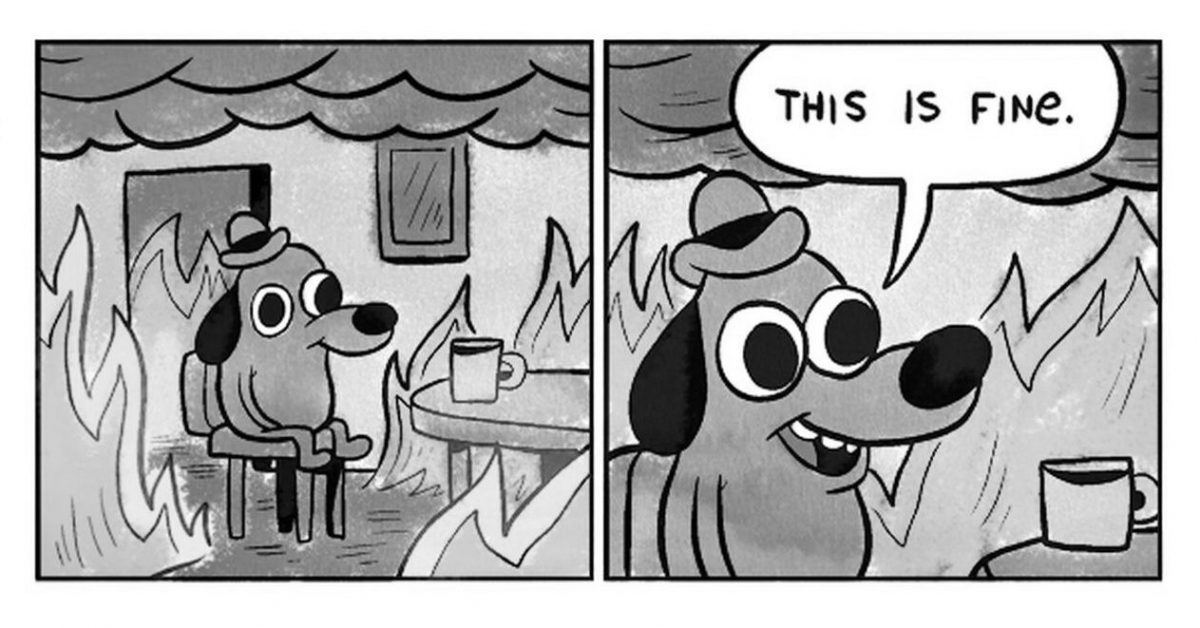Introduction
In our daily lives, we rely on mental shortcuts and biases to make decisions quickly. While these cognitive processes often serve us well, they can also lead us astray. One such mental model is the Normalcy Bias, a tendency to underestimate the possibility of disruptive events and cling to the familiar. This blog post explores the concept of Normalcy Bias, its psychological underpinnings, and its implications in decision-making processes. By understanding and recognizing this bias, we can make more informed and rational choices that align with our best interests.
Defining the Normalcy Bias and its Relevance
The Normalcy Bias refers to the psychological tendency to believe that things will continue as they have in the past, despite evidence suggesting otherwise. It is the reluctance to acknowledge and prepare for potential risks or changes. This bias manifests as a preference for the status quo, leading individuals and groups to ignore or downplay warning signs and maintain a false sense of security.
The prevalence of the Normalcy Bias in our lives stems from our desire for stability and predictability. It is a defense mechanism that helps us maintain a sense of control and reduces anxiety. However, this bias can hinder our ability to adapt to new circumstances and make rational decisions.
Examples of Normalcy Bias in Different Contexts
Personal Life Decisions:
Imagine a person living in an area prone to natural disasters like hurricanes. Despite repeated warnings and historical evidence of devastating storms, this individual might choose to disregard evacuation orders and remain in their home, assuming that past experiences of being unaffected by previous hurricanes will hold true. This person’s Normalcy Bias prevents them from recognizing the potential danger and taking appropriate precautions.
Business Scenarios:
Companies can also fall victim to the Normalcy Bias. Consider Blockbuster, a video rental giant that failed to adapt to the changing landscape of the digital age. Blockbuster’s executives underestimated the impact of streaming services like Netflix and clung to their brick-and-mortar business model. Despite early signs of the shifting consumer preferences, their Normalcy Bias prevented them from embracing technological advancements and ultimately led to their downfall.
Public Policy-Making:
Normalcy Bias can influence public policy decisions as well. In the face of environmental challenges such as climate change, governments may prioritize short-term economic interests over long-term sustainability. By downplaying the potential consequences and assuming that the status quo will persist indefinitely, policymakers may delay or neglect critical actions required to mitigate the effects of climate change, jeopardizing the well-being of future generations.
Psychological Biases Contributing to Normalcy Bias
Normalcy Bias can be reinforced by several other cognitive biases, including:
Confirmation Bias: The tendency to seek information that confirms our existing beliefs and ignore evidence that challenges them. In the context of Normalcy Bias, individuals actively seek out information that supports the status quo and dismiss any signals of potential disruption.
Availability Heuristic: Our inclination to judge the likelihood of an event based on how easily we can recall similar instances from memory. If past experiences of stability are readily accessible, we may overestimate the likelihood of their recurrence, reinforcing the Normalcy Bias.
Anchoring Bias: Our tendency to rely too heavily on initial information when making decisions. The anchor of the status quo can be so powerful that we fail to reassess our assumptions and adjust our thinking, even when confronted with new and contradictory information.
Avoiding the Normalcy Bias
To overcome the Normalcy Bias and make more objective decisions, consider the following strategies:
Seek Diverse Perspectives: Actively seek out opinions and information that challenge the status quo. Engaging with a variety of viewpoints can help break the echo chamber and broaden your understanding of potential risks and opportunities.
Conduct Scenario Planning: Imagine and prepare for alternative futures. Consider the best-case, worst-case, and most likely scenarios. This exercise encourages you to think beyond the familiar and prepares you to respond effectively to potential disruptions.
Embrace Discomfort: Recognize that change is an inherent part of life. By stepping out of your comfort zone and embracing uncertainty, you can develop resilience and adaptability. Embracing discomfort also helps to overcome the fear of change associated with the Normalcy Bias.
Conclusion
The Normalcy Bias is a pervasive cognitive bias that can hinder our ability to make rational decisions. By understanding its presence in our lives, we can become more aware of its influence on our thinking and actions. Recognizing and actively avoiding this bias enables us to prepare for potential disruptions, make informed choices, and adapt to a changing world. Embracing a mindset that acknowledges the possibility of change equips us to navigate uncertainty with greater agility and resilience.
